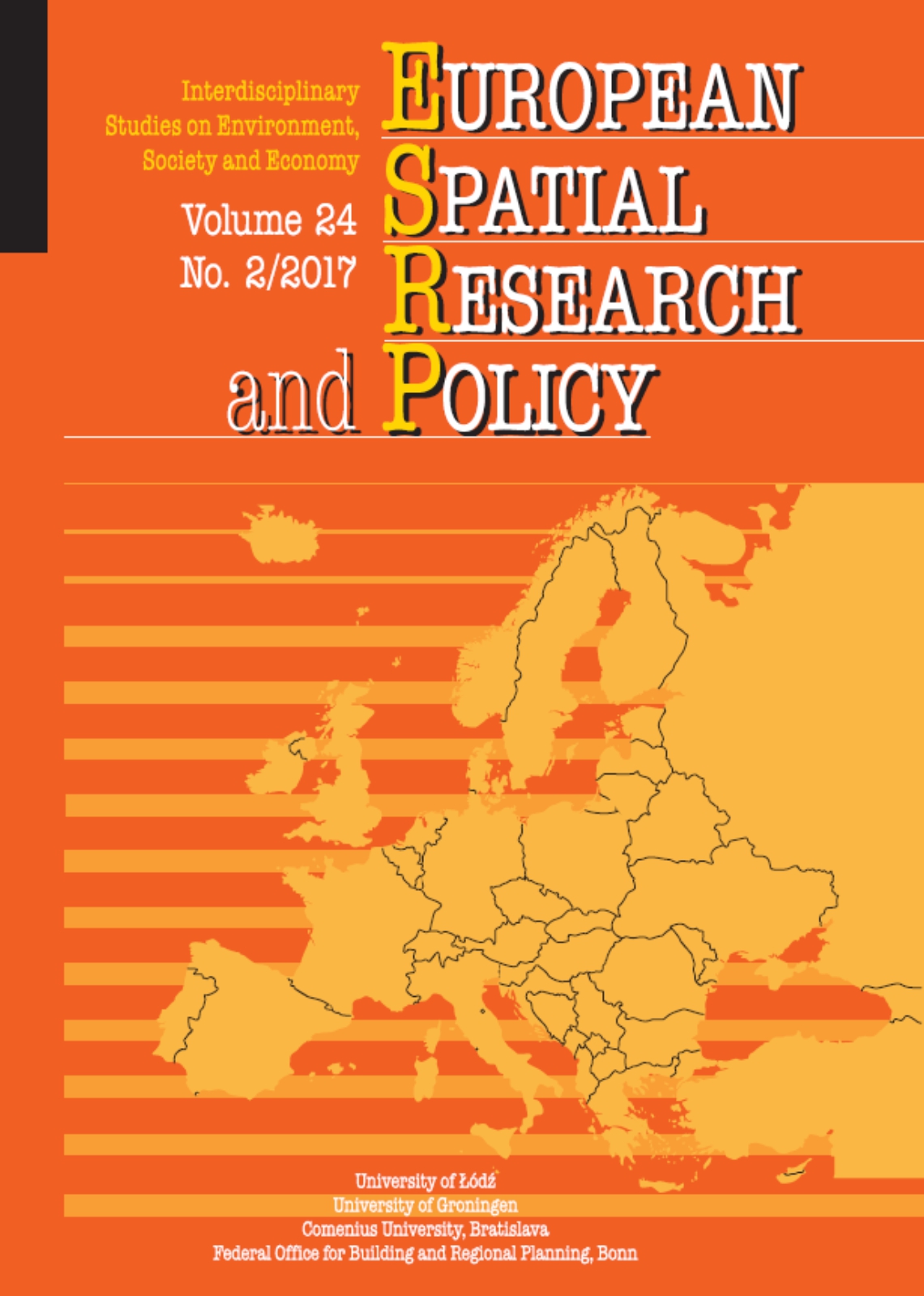BORDERLAND OF NATIONS, RELIGIONS AND CULTURES
– THE CASE OF PODLASIE
BORDERLAND OF NATIONS, RELIGIONS AND CULTURES
– THE CASE OF PODLASIE
Author(s): Marek BarwińskiSubject(s): Politics / Political Sciences, Geography, Regional studies, Sociology, Socio-Economic Research
Published by: Wydawnictwo Uniwersytetu Łódzkiego
Keywords: Poland; Podlasie; borderland; national minorities; multiculturalism
Summary/Abstract: Podlasie, a historical and geographical region in north-eastern Poland, serves as both an external(interstate, European Union) and internal (ethnic, religious, linguistic, cultural) borderland. The primaryaim of the article is to present historical and political conditions, national and cultural diversification ofthe Podlasie region, an analysis of current changes in ethnic and religious structure of the inhabitants aswell as analysis of the consequences of changes of geopolitical circumstances in mutual relationshipsbetween different communities. Borderlands, especially those highly diverse in terms of nationality,religion, language and culture, are often identified with unstable, conflict-prone areas with past and presentantagonism between nations sharing them. This belief has intensified over the last few decades whennationalisms, separatist tendencies and historical conflicts got sparked again in numerous regions ofCentral and Eastern Europe. However, not all European borderlands have to be stereotypically identifiedwith areas of conflict, resentment and even hatred among the peoples inhabiting them. This is the case,among others, in Podlasie, where there are centuries-old traditions of cohabitation of diverse communities.
Journal: European Spatial Research and Policy
- Issue Year: 24/2017
- Issue No: 2
- Page Range: 111-125
- Page Count: 15
- Language: English

